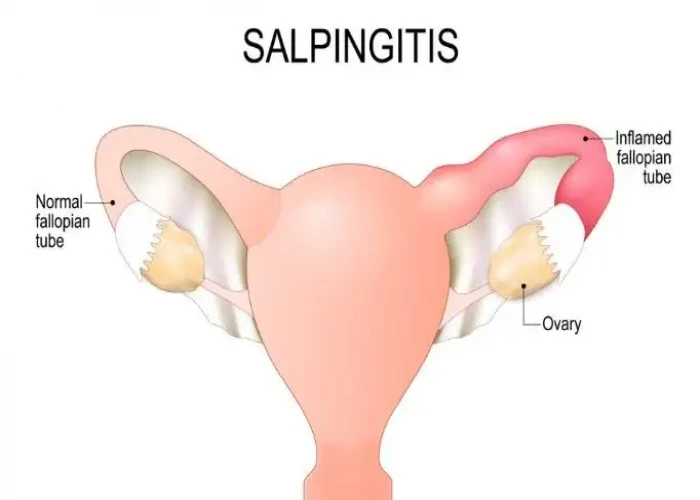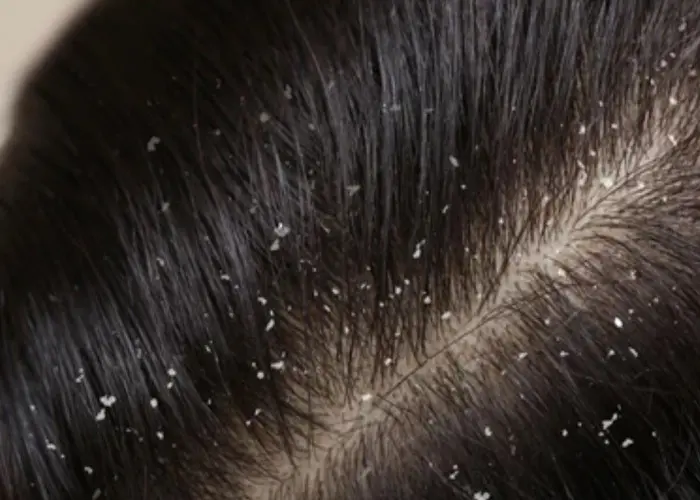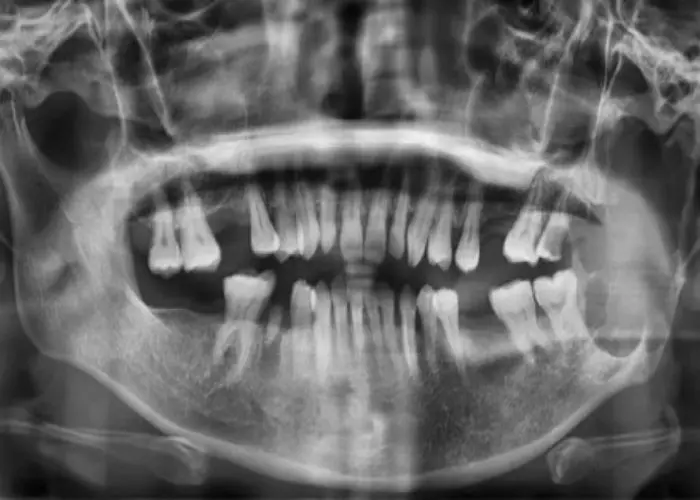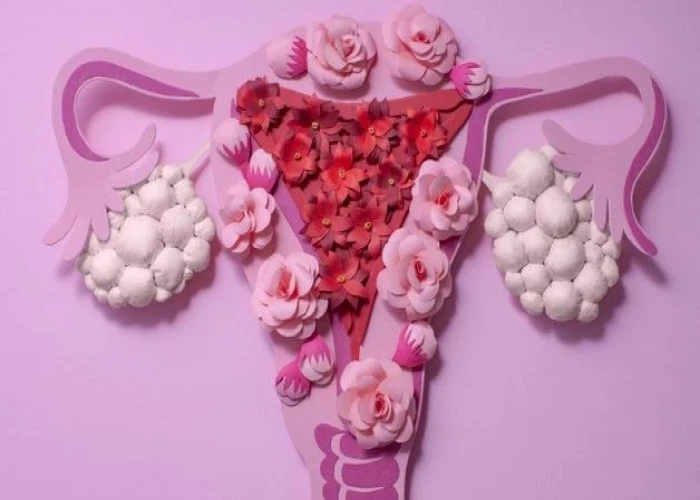 Welcome
Welcome
“May all be happy, may all be healed, may all be at peace and may no one ever suffer."
Spinal headaches

A spinal headache is a type of headache that can occur after a procedure involving the spinal cord, such as a lumbar puncture (also known as a spinal tap) or an epidural injection. The headache typically develops within a few hours to a few days after the procedure.
Spinal headaches are caused by a leakage of cerebrospinal fluid (CSF), which is the fluid that surrounds the brain and spinal cord, through a small hole in the dura mater, which is the membrane that surrounds the spinal cord. This causes a decrease in CSF pressure, which can lead to symptoms such as a headache, neck pain, nausea, vomiting, and sensitivity to light or sound. The headache is typically worsened when the individual is upright and relieved when lying down.
The treatment for spinal headaches typically involves conservative measures, such as bed rest, drinking fluids, and taking over-the-counter pain relievers. If the headache persists, a procedure called a blood patch may be recommended, which involves injecting a small amount of the individual's own blood into the area where the leakage occurred. The blood clot helps to seal the hole and restore the normal pressure of the CSF.
Prevention of spinal headaches can be done by using appropriate techniques during procedures involving the spinal cord, such as using a smaller needle or inserting the needle at a different angle. It is important for individuals who experience symptoms of a spinal headache after a spinal cord procedure to seek medical attention as soon as possible to avoid complications and to receive appropriate treatment.
Research Papers
Disease Signs and Symptoms
- Dizziness (vertigo)
- Ringing in ears (tinnitus)
- Deafness (Hearing loss)
- Double vision (diplopia)
- Sensitivity to light (Photophobia)
- Nausea or vomiting
- Neck pain
- Seizures
- Pain that typically gets worse when sit up or stand and decreases or goes away when lie down
Disease Causes
Spinal headaches
Spinal headaches are caused by leakage of spinal fluid through a puncture hole in the tough membrane (dura mater) that surrounds the spinal cord. This leakage decreases the pressure exerted by the spinal fluid on the brain and spinal cord, which leads to a headache.
Spinal headaches typically appear within 48 hours after a spinal tap or spinal anesthesia.
Sometimes epidural anesthesia may lead to a spinal headache as well. Although epidural anesthetic is injected just outside the membrane that surrounds the spinal cord, a spinal headache is possible if the membrane is unintentionally punctured.
Disease Prevents
Disease Treatments
Treatment for spinal headaches begins conservatively. Your doctor may recommend getting bed rest, drinking plenty of fluids, consuming caffeine and taking oral pain relievers.
If your headache hasn't improved within 24 hours, your doctor might suggest an epidural blood patch. Injecting a small amount of your blood into the space over the puncture hole will often form a clot to seal the hole, restoring normal pressure in the spinal fluid and relieving your headache. This is the usual treatment for persistent spinal headaches that don't resolve on their own.
Disease Diagnoses
Disease Allopathic Generics
Disease Ayurvedic Generics
Disease Homeopathic Generics
Disease yoga
Spinal headaches and Learn More about Diseases

Illness anxiety disorder

Salpingitis

Tape Worm

Dandruff

Ameloblastoma

Polycystic ovary syndrome (PCOS)

Color blindness

Angiosarcoma
spinal headaches, মেরুদণ্ডের মাথাব্যথা
To be happy, beautiful, healthy, wealthy, hale and long-lived stay with DM3S.
